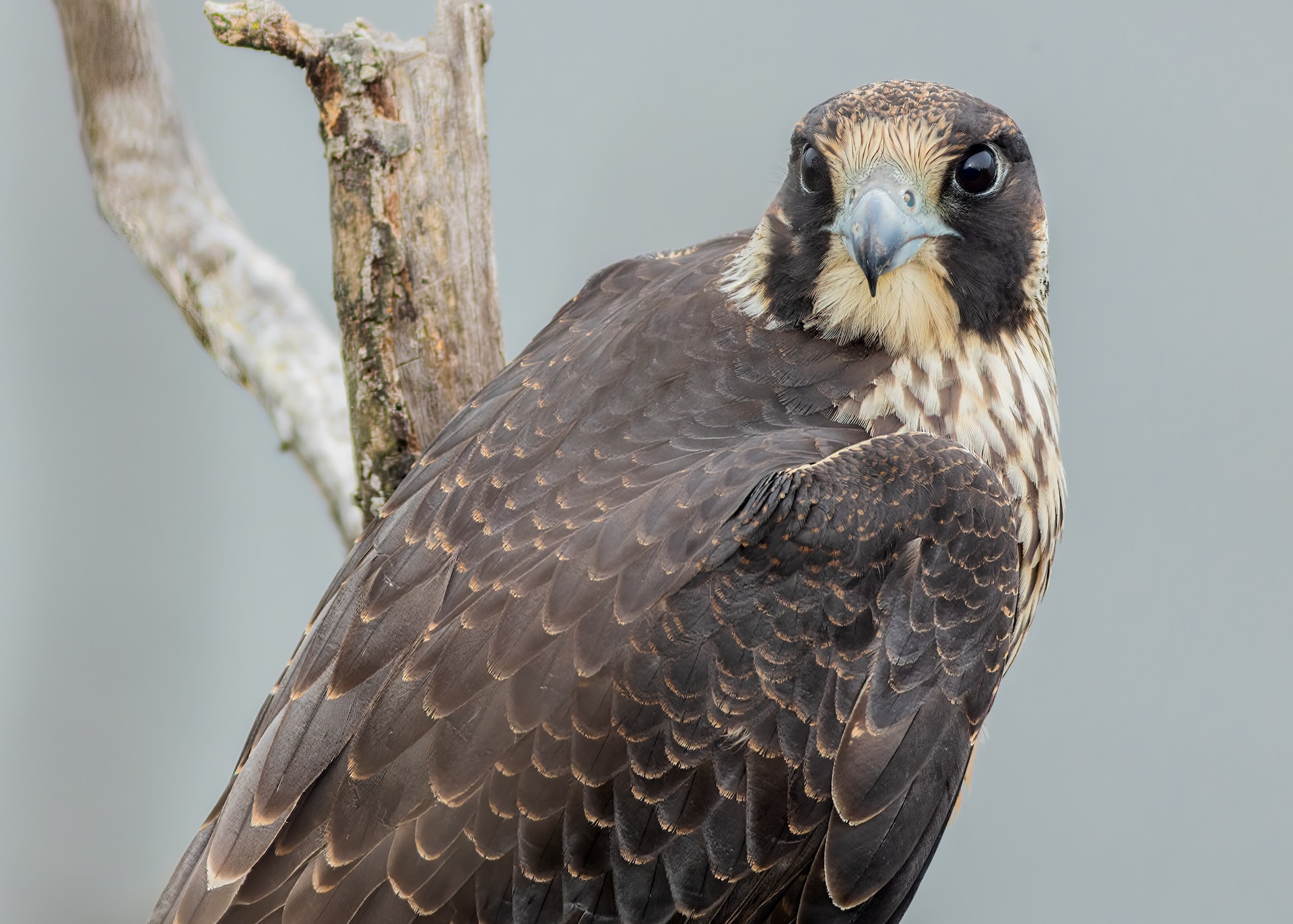
The peregrine falcon, one of the world’s most iconic birds of prey, once faced the brink of extinction due to human activities such as hunting, habitat destruction, and the widespread use of pesticides like DDT. But through dedicated efforts from conservationists and the species’ remarkable adaptability, the peregrine falcon has made an incredible comeback.
The peregrine falcon is a top predator, with a sharp beak and powerful talons that allow it to hunt prey in mid-flight. These birds were once found across North America, Europe, and Asia, but by the 1960s, their populations had declined dramatically. In the United States, for example, peregrine falcon numbers dropped from an estimated 4,000 pairs in the 1930s to just 324 pairs by 1975.
The main culprit was the pesticide DDT, which caused their eggshells to become so thin that they would break during the incubation period. Peregrine falcons lay their eggs in high cliffs or tall buildings, so when the eggs broke, they would fall to the ground and not hatch. In addition to DDT, falcons were also hunted for sport, and their habitats were destroyed due to human activities.
To save the peregrine falcon from extinction, conservationists launched a comprehensive effort involving captive breeding, habitat restoration, and eventually the banning of DDT in 1972. By 1985, when the species was removed from the U.S. endangered species list, there were over 1000 breeding pairs of peregrine falcons in the continental United States. Today, there are an estimated 3,000 breeding pairs across the country, indicating a remarkable resurgence.
The rise of the peregrine falcon population is not just a story of successful conservation efforts, but also of the species’ remarkable adaptability. After their populations crashed, these birds began to adapt to urban areas and started nesting on the ledges of tall buildings. This adaptation allowed them to occupy new territories and expand their population, contributing to their remarkable recovery.
Peregrine falcons are a testament to the power of conservation and the resilience of nature. Their resurgence offers hope that species on the brink of extinction can be saved through dedicated efforts and perseverance. However, the continued survival of the peregrine falcon, and all endangered species, depends on ongoing protection and conservation efforts, as well as greater public awareness and support for protecting wildlife and their habitats.
In conclusion, the peregrine falcon, once on the edge of extinction, is now a symbol of hope and success. The bird’s remarkable resilience and adaptability have helped it to recover from the brink of extinction, thanks to the efforts of conservationists and the elimination of DDT. Their resurgence also highlights the importance of habitat protection and the need for continued conservation efforts to ensure their survival for generations to come.
Comments
Post a Comment